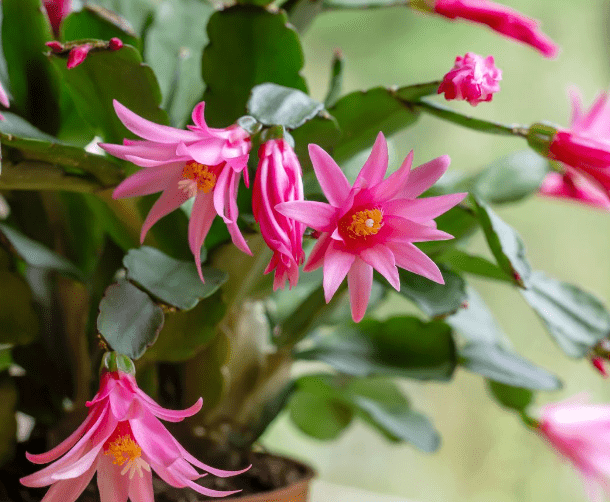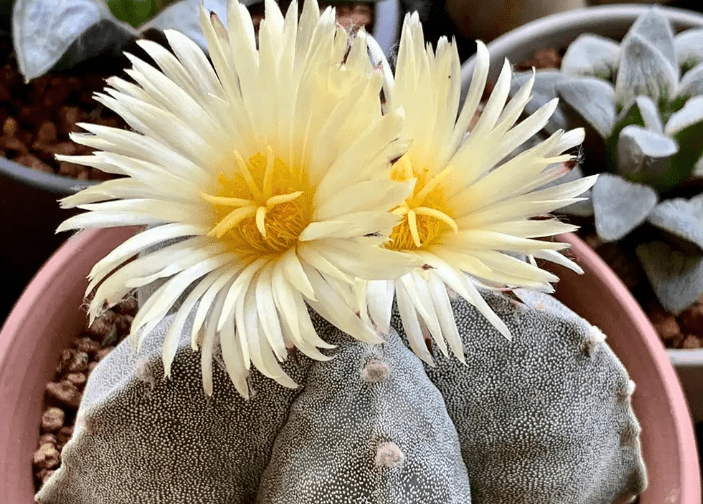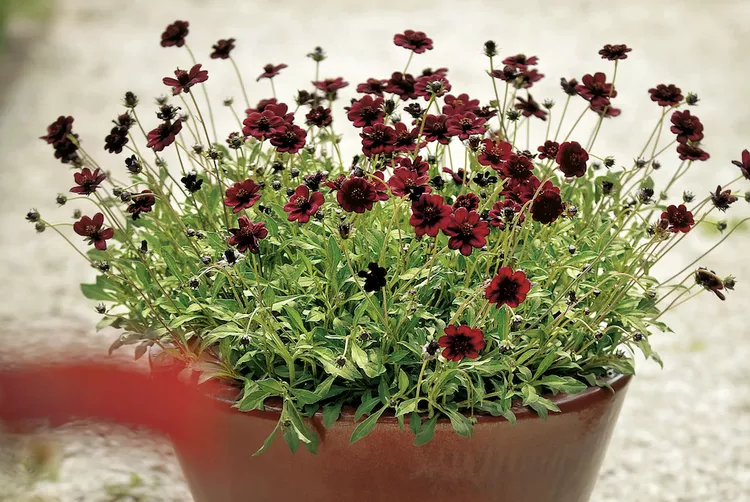Fairy Castle Cactus
A tiny, columnar, branching, slow-growing cactus with five-sided, spiny stems that are mid-green, Acanthocereus tetragonus ‘Fairy Castle’ produces a large number of smaller offsets. The multiple vertical stems of various heights that resemble spires and turrets are what give the fairy castle cactus its common name. This cactus grows very slowly and can grow to […]
Fairy Castle Cactus Read More »











